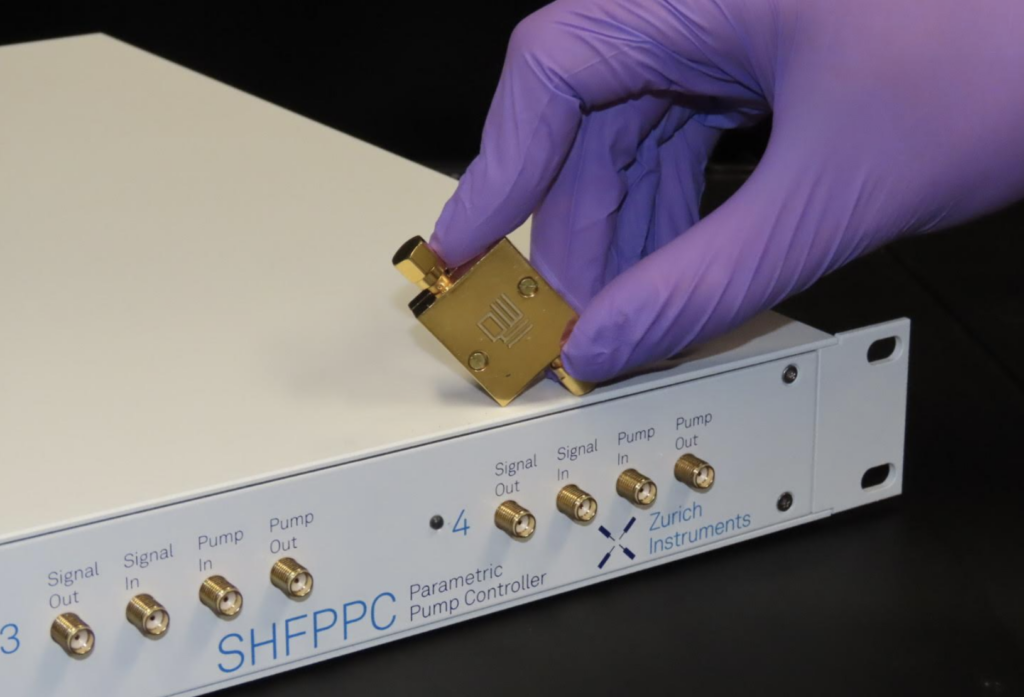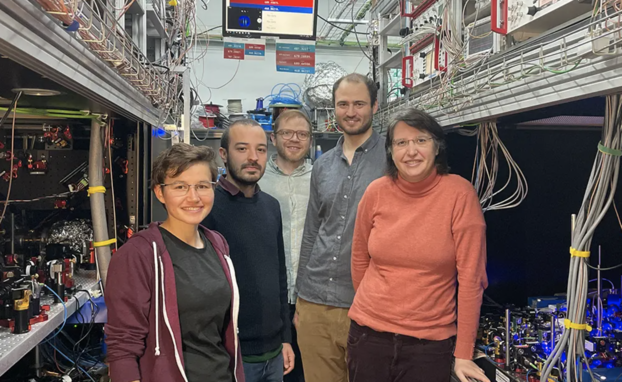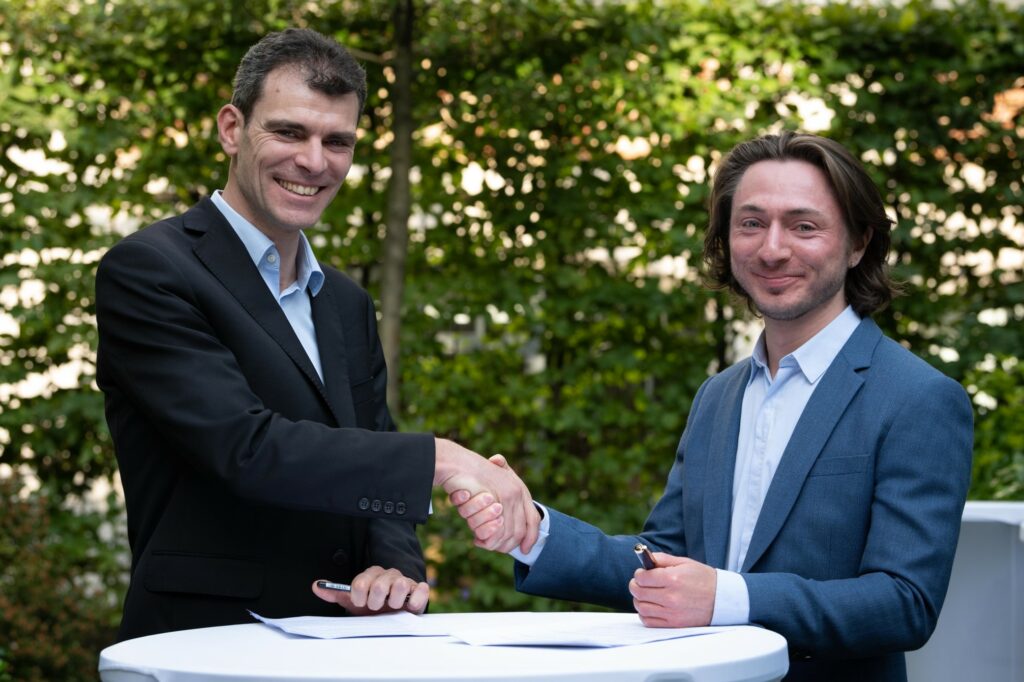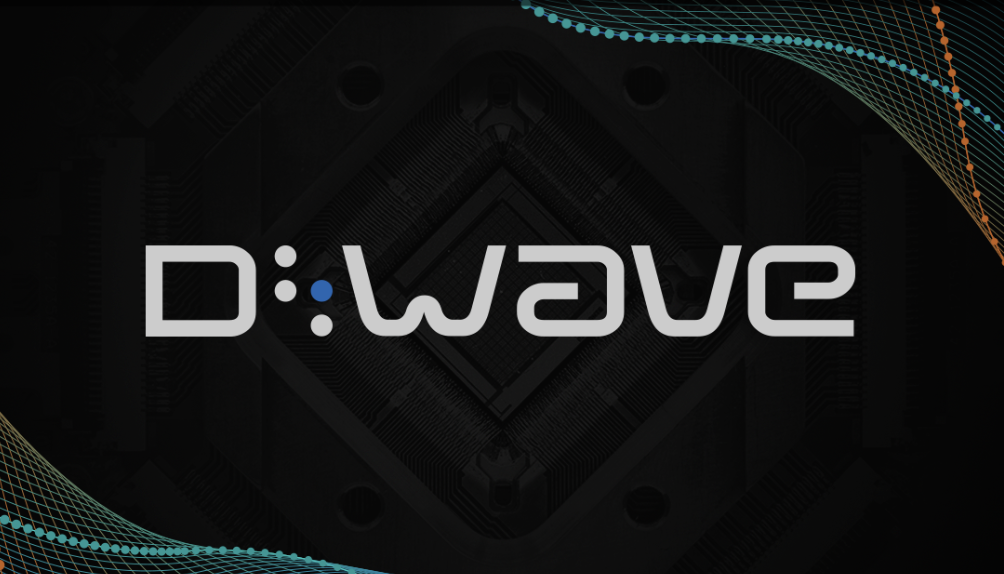
New Possibilities
The results of research conducted at Tampere University have concluded how the speed of spectroscopic measurements can be made much faster.
By correlating polarization to the colour of a pulsed laser, the research team was able to record the changes in the spectrum of the light by simple and extremely fast polarization measurements. This opens up new possibilities to measure spectral changes on a nanosecond timescale over the entire colour spectrum.
The paper, Spectral vector beams for high-speed spectroscopic measurements, was published in the scientific journal Optica.
Spectroscopic measurements usually rely on separating the different colour components to different positions, where the spectrum can then be read out by a detector array. While this approach enables a direct inspection of the spectrum, it is rather slow due to the limited speed of the large read-out array. This new approach avoids this limitation by generating a more complex state of laser light.
Gaining Info
“Our work shows a simple way to have different polarizations for all colour components of the laser. By using this light as a probe, we can simply measure the polarization to gain information about changes in the colour spectrum,” said Lea Kopf, lead author of the paper and a doctoral researcher at Tampere University.
The trick the researchers use is to perform a modulation in the temporal domain by coherently splitting a femtosecond pulse of a laser into two parts — each having a different polarization slightly delayed in time with respect to each other.
“Such a modulation can easily be done using a birefringence crystal, where differently polarized light travels at different speeds. This leads to the spectrally-changing polarization required for our method,” said Associate Professor Robert Fickler, who leads the Experimental Quantum Optics group in which the experiment was performed.
The researchers have not only demonstrated how such complex states of light can be generated in the lab; they also tested their application in reconstructing spectral changes using only polarization analysis. As the latter only requires up to four simultaneous intensity measurements, a few very fast photodiodes can be used.
Using this approach, the researchers can determine the effect of narrowband modulations of the spectrum at a precision that is comparable to standard spectrometers but at high speed. “However, we couldn’t push our measurement scheme to its limits in terms of possible read-out rates, as we are limited by the speed of our modulation scheme to a few million samples per second,” added Lea Kopf.

Building on these promising initial results, future tasks will include applying the idea to more broadband light, such as supercontinuum light sources, and applying the scheme in spectroscopic measurements of naturally fast varying samples to use its full potential.
“We are happy that our fundamental interest in structuring light in different ways has now found a new direction, which seems to be helpful for spectroscopy tasks which are usually not our focus. As a quantum optics group, we have already started discussing how to apply and benefit from these ideas in our quantum photonics experiments,” added Robert Fickler.
Story Source: Tampere University.
If you found this article to be informative, you can explore more current quantum news here, exclusives, interviews, and podcasts.






















